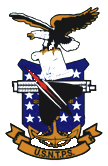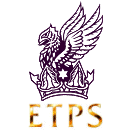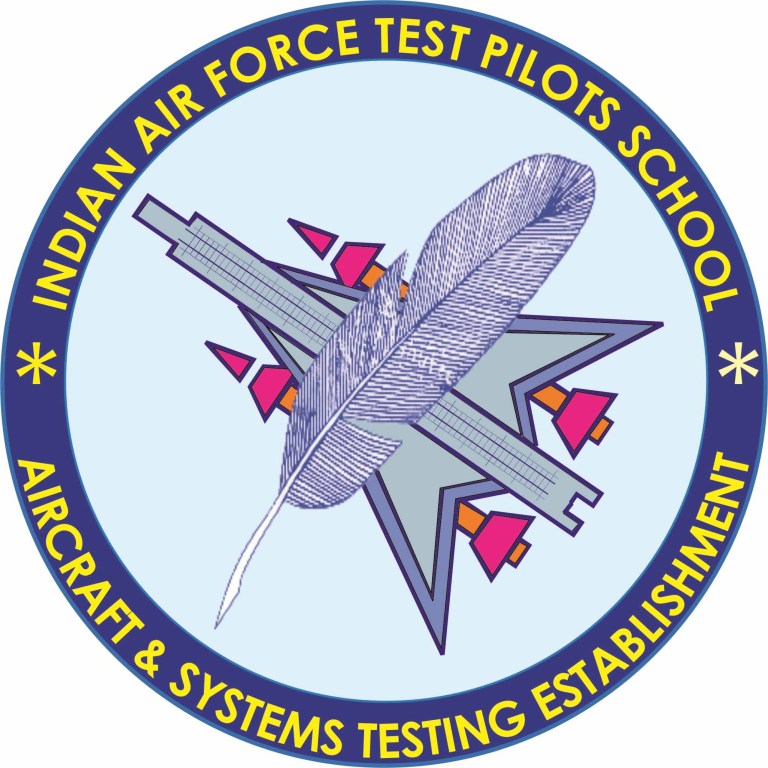|
|
|
|
Links page:
UND on-line OEI Aerodynamics Simulator
FAA and EASA Flight Test Guides
Links recommended by AvioConsult
Test Pilot School Textbooks
The United States Naval Test Pilot School (USNTPS) and the United States Air Force Test Pilot School (USAFTPS) have approved their course books for public release with no limitation on the distribution. Below, you'll find the URLs and titles of some of these books.
United States Air Force Test Pilot School (USAFTPS)
USAFTPS textbooks on performance and flying qualities can be downloaded from the USArchives or Defense Technical Information Center (DTIC) websites:
ADA170957: Performance Phase Textbook, Volume I, 1986
ADA170959: Flying Qualities Textbook, Volume II, Part 1, 1986
ADA170960: Flying Qualities Textbook, Volume II, Part 2, 1986 (Chapter 11 = Asym power)
19970117 : Flying Qualities Phase Planning Guide, 1996 (Engine-out demo/data, p. 3.83)
AD1115005: Pitot-Statics and the Standard Atmosphere, 4th edition (Jul 2020). After opening the downloaded file AD1115005.pdf from DTIC, double click the file name.
United States Naval Test Pilot School (USNTPS)
USNTPS textbooks can be downloaded from the USNavalTPS Alumni Association website. The textbooks available from this website are:
FTM-103: Fixed Wing Stability And Control (Chapter 6 = Asym power)
FTM-106: Rotary Wing Performance
FTM-107: Rotary Wing Stability and Control
FTM-108: Fixed Wing Performance
FTM-109: Systems Testing
Video lecture on YouTube

|
A 42 min. video lecture, in which the real value of the minimum control speed airborne (VMCA) is explained as taught at all formal Test Pilot Schools and most aeronautical universities, including the review of two accidents using views from the cockpit, is available on YouTube. Click here A pdf file with slides and script used in this video can be downloaded here. |
University of North Dakota (UND)
UND has made available an On-line One Engine Inoperative Aerodynamics trainer; visit.
FAA and EASA Airworthiness and Certification regulations and Flight Test Guides
FAA Airworthiness Standards and EASA Certification Specifications provide guidance for airplane design.
| FAR 23 & 25 | Part 23 and 25 Airworthiness Standards; VMCA in 23.149 and 25.149 |
| EASA CS 23 & 25 | EASA CS 23 & 25 Certification Specifications; VMCA in 23.149 or 23.2135, and in 25.149 |
FAA and EASA Flight Test Guides provide guidance of airplane flight-testing. Their links are provided for readers to be able to download these Guides and learn about the way airplanes are flight-tested, including engine-out testing:
| AC 23-8C | FAA Flight Test Guide Part 23 Airplanes (Controllability and Maneuverability, including VMCA testing, in Section 4.4 § 23.149) |
| AC 25-7D | FAA Flight Test Guide Part 25 Airplanes (Controllability and Maneuverability, including VMCA testing, in § 5.4) |
| CS 23 FTG | EASA Flight Test Guide (VMCA testing on page 257) |
Design of Cockpit and Other Safety Critical Procedures
As a service to readers who may be involved in developing safety critical (cockpit) procedures, a number of links are presented below to guidance documentation that might be of interest.
Despite this (NASA) documentation being available for many years already, the reviews of accidents reports and airplane manuals as presented on the Downloads and Accident pages of this website prove that there are many manufacturers, operators and flight schools out there who do not include experts of all domains that should be consulted for developing safety critical procedures other than only of the flight operations domain, such as a high level of knowledge/qualification on airplane design and engineering, flight-test and human factors. The presented reviews show that many procedures and safety speed definitions are not in agreement with airplane design and certification methods and with flight-test techniques and did lead to many fatal accidents.
This shortfall was addressed in the paper Safety Critical Procedure Development Requires High Level Multi-Disciplinary Knowledge presented by AvioConsult during the EuroControl Safety Forum, Brussels, June 2019. Links to video and pdf of the presentation are provided on the Downloads page, click here.
Interesting documentation on this subject:
Designing Flightdeck Procedures, NASA/TM—2016–219421, Oct. 2016, Immanuel Barshi et.al.;
On the Design of Flight-Deck Procedures, NASA Contractor Report 177642, June 1994, Asaf Degani and Earl L. Wiener;
Human Factors of Flight-Deck Checklists: The Normal Checklist, NASA Contractor Report 177549, May 1990, Asaf Degani and Earl L. Wiener;
On The Typography of Flight-Deck Documentation, Nasa Contractor Report 177605, Dec. 1992, Asaf Degani.
Test Pilot Schools around the globe
During and following World War II, Test Pilot Schools were
founded by the lead aviation nations because so many expensive prototype
airplanes and personnel were lost during flight-testing because of the lack of adequate
engineering and flight-test knowledge gained by (airline) pilots prior to
and during regular flight training.
Pilots and engineers who graduated from one of the Test Pilot Schools, for
which the entry level is usually an MSc degree in engineering, know there
definitely is a difference in knowledge and experience to be able to talk
knowledgeable about performance and flying qualities of aircraft and conduct
(experimental) flight tests and aircraft evaluations in a safe and responsible way.
They also learned to read and interpret recorded flight data, which are also
used during accident investigations.







